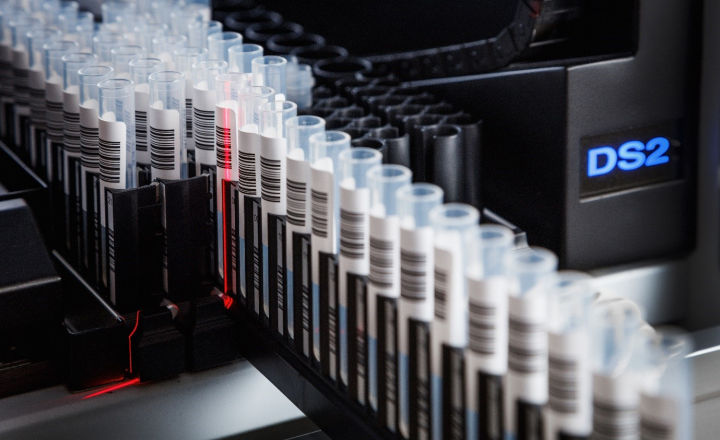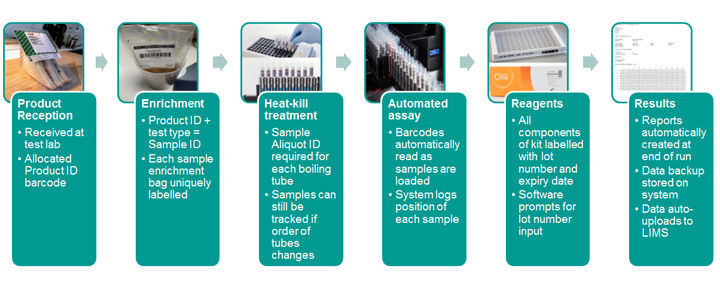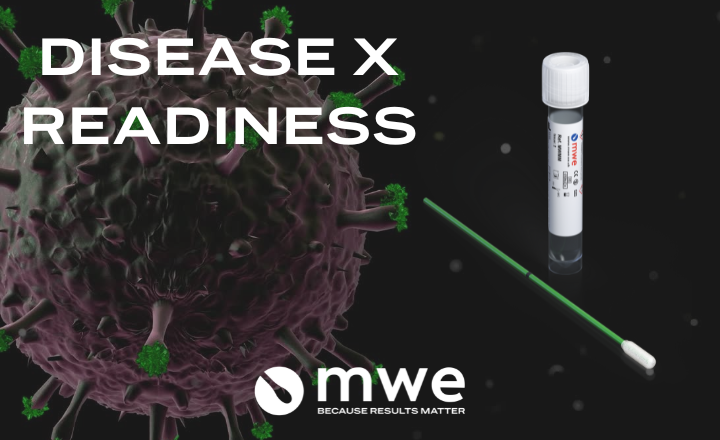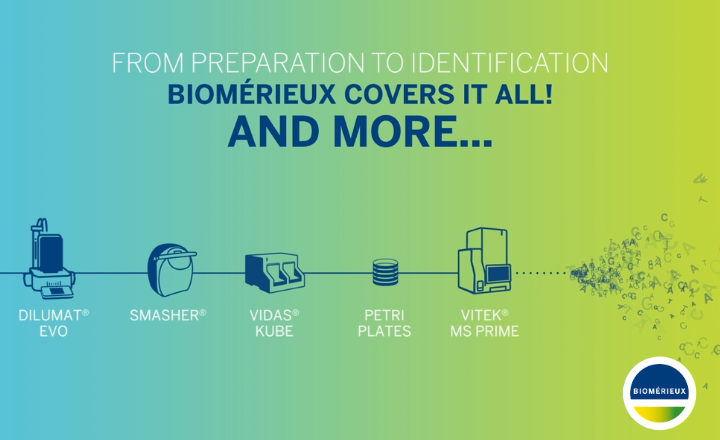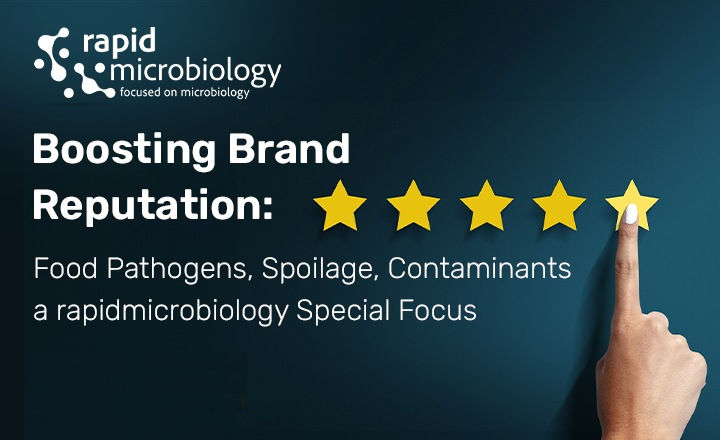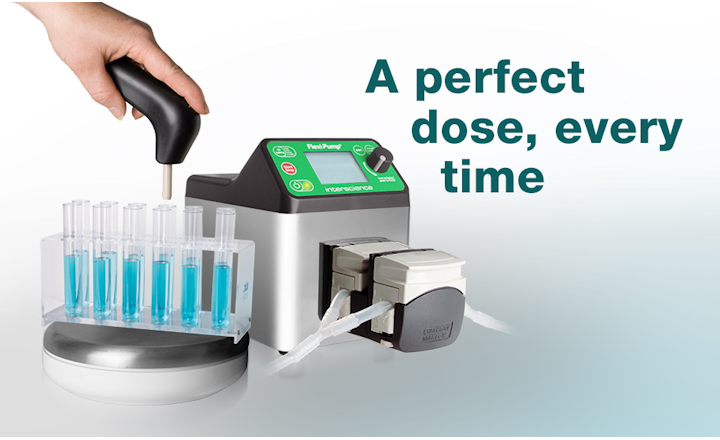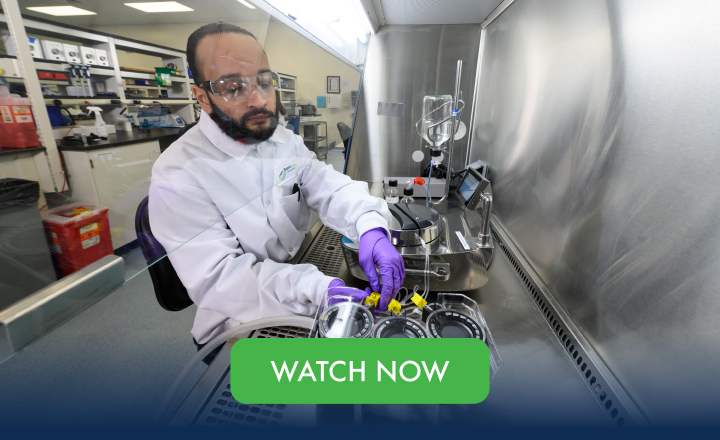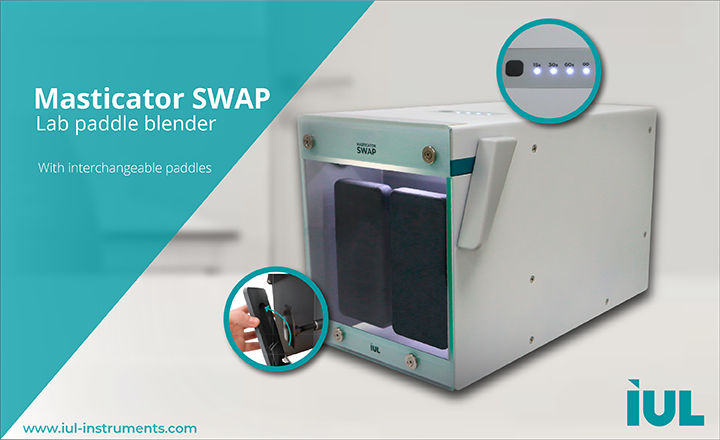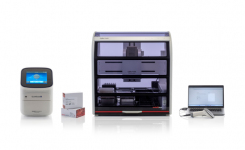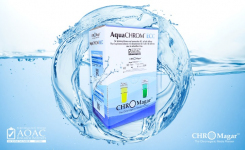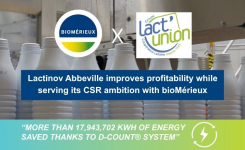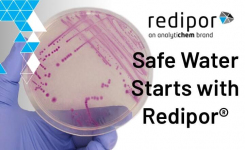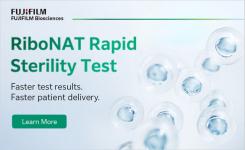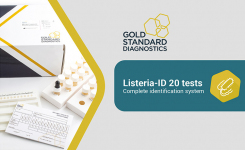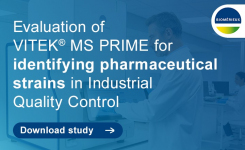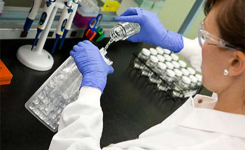“Where’s my sample?”
In the food industry, traceability is a big issue. Food manufacturers are required to have the capability to rapidly identify and track every ingredient in all products from receipt through to customer location. In the case of an investigation or recall, companies must be able to demonstrate that they have accurately recorded this information in their supply chain. That means they are constantly asking the testing laboratory “where’s my sample?”
Food recalls by manufacturers have highlighted a need for greater visibility and precision throughout the global food supply chain. It is therefore only a matter of time before food testing labs will need to demonstrate the same capabilities.
Solus Scientific have recognised the need for sample traceability throughout laboratory processing, and we are pleased to say the Solus Pathogen Detection System can support full traceability from sample reception to result.
Solus Pathogen Detection System – DS2 On-board barcode reading
Sample reception and handling in a busy laboratory is one of the most important elements of the testing process. The integrity of the whole testing procedure is at risk if sample tracking is inadequately organised, which could then lead to inaccurate recording of sample results.
Solus are advocates for barcoding all customer samples in food testing facilities. As each sample moves through the various steps of testing, the barcode moves with it, ensuring the sample is constantly traceable.
Solus saw an opportunity to improve sample traceability for food labs. During the Solus pathogen testing process, samples must pass through one or two enrichment media stages either in sample bags or 10ml tubes. After enrichment, 1ml aliquots are transferred into 3ml tubes for a heat-kill step and then loaded onto the DS2. Each movement between racks, heat-block and DS2 can potentially lead to switching tube positions. Therefore, just labelling the racks is not sufficient, individual tubes should be labelled too.
As individually barcoded tubes are loaded on to the DS2, the on-board barcode reader automatically scans the codes and records the sample ID’s to the appropriate deck position. This information is stored and can be exported to a .csv file with the final results.
With barcoding in place, the DS2 tracks where in a Solus assay plate a sample is dispensed, even if sample tubes switch positions during transfer stages. The DS2’s software allows for results to be directly uploaded to LIMs, where they are automatically associated with the correct sample number, therefore removing the potential for transcription errors.
So, with the addition of barcode capabilities and the Solus Pathogen Detection System, your customer can be confident of receiving the right results for every sample, every time.






